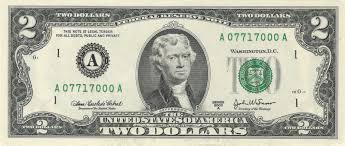
I carry a $2 bill with me all the time. Why, you may ask.

The reason is that one of my dear friends who sadly passed away a year ago, Steve Urner, used to carry a bunch of $2 bills with him. He would give them out to individuals who he came into contact with that he felt could use a little help or as a tip, a way to say thank you to someone. At his celebration of life ceremony one of his daughters Betsy handed out one of Steve’s $2 bills to each of us in attendance, with the idea that this would be a reminder of how Steve approached life.
I can tell you that strategy has worked with me. I have never let it out of my pocket whenever I carry my credit cards and money with me.
It does two things for me. Number one, it reminds me of Steve and that always brings a smile to my face. And number two, it reminds me of how he used the $2 bill to say thank you to others, to give something to someone else with the idea that it might make their day a little bit better.
It turns out that few pieces of American currency spark as much curiosity and conversation as the $2 bill – the main reason being its uncommon presence in everyday transactions. Let’s face it, it is an enigmatic denomination.
A Brief History of the $2 Bill
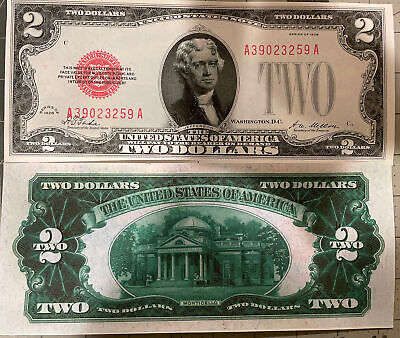
The $2 bill was first introduced in 1862 as part of the United States’ efforts to standardize currency during the Civil War. At the time, it featured a portrait of Alexander Hamilton, the first Secretary of the Treasury.
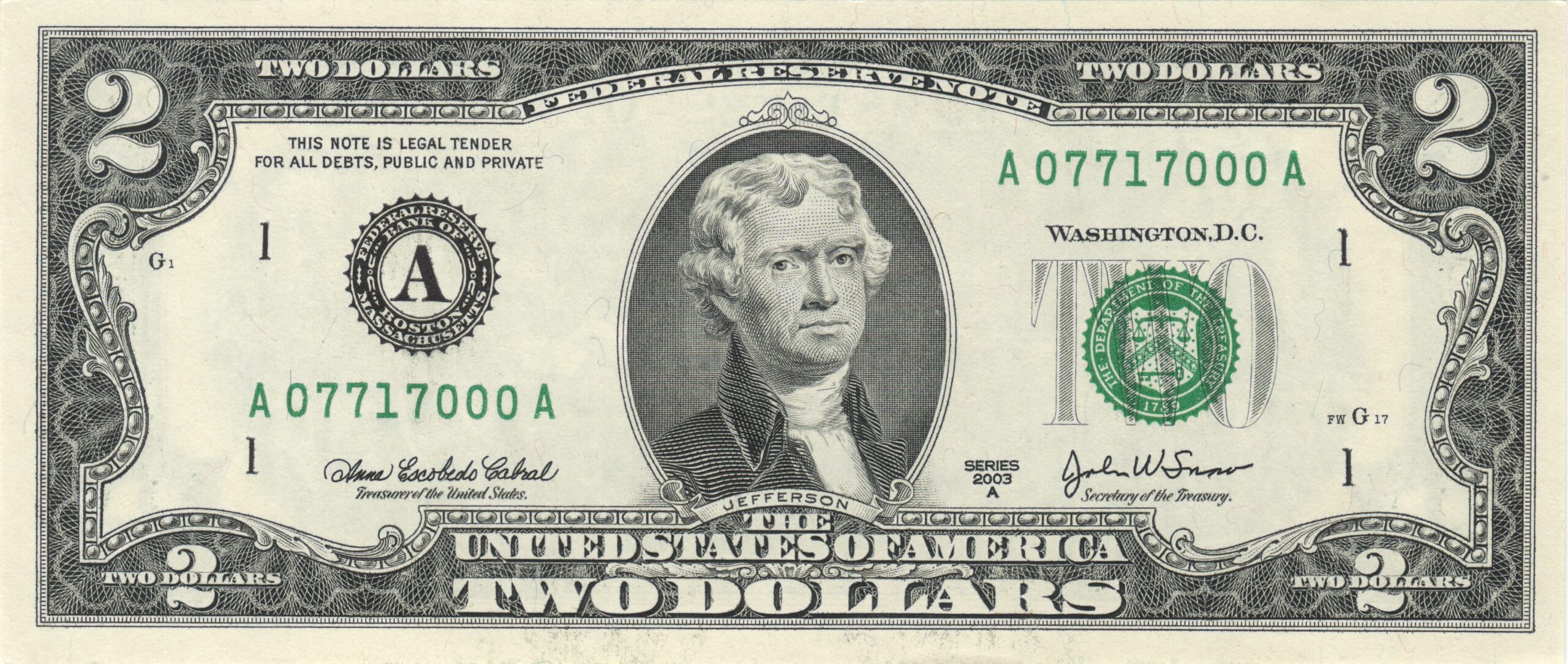
By 1869, Hamilton was replaced with Thomas Jefferson, whose image continues to grace the front of the bill to this day. The reverse side originally featured simple designs but was updated in 1928 to include a depiction of Monticello, Jefferson’s Virginia estate.

In 1976, to mark the U.S. Bicentennial, the reverse of the $2 bill underwent a significant redesign. It now features an engraving of John Trumbull’s famous painting, “The Declaration of Independence,” showcasing a pivotal moment in American history.
What Makes the $2 Bill Special
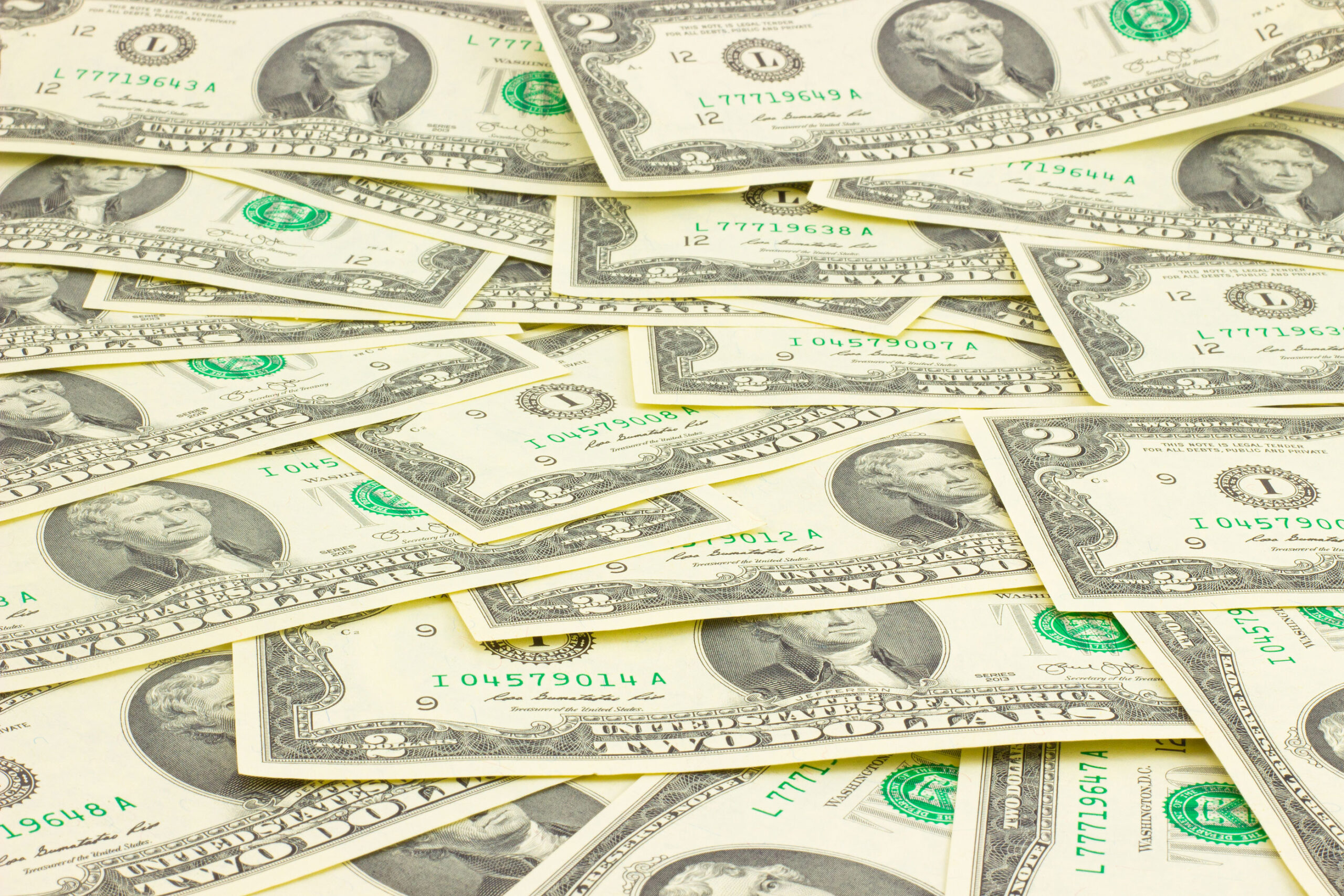
The $2 bill is among the least-produced and least-circulated denominations in the United States. While over 1.4 billion $2 bills were printed in the most recent series, they still make up less than 1% of all U.S. currency currently in circulation. This contrasts sharply with the $1 bill, which is printed in the tens of billions. The scarcity of the $2 bill is not because it is rare in absolute terms but because it is seldom used in everyday transactions. Many people believe they are no longer in production or that they are valuable collectibles, leading to widespread hoarding. As a result, they are rarely seen in registers or ATMs, adding to their mystique.
Are $2 Bills Valuable
While most $2 bills are worth their face value, some can have greater value due to rarity, age, or unique features. For example:
- Older Series: $2 bills from earlier printings, such as those from the 1928 or 1953 series, can fetch higher prices among collectors.
- Uncirculated Condition: Crisp, uncirculated $2 bills are often valued above face value by collectors.
- Special Serial Numbers: Bills with unique serial numbers, such as repeating digits or low numbers, are particularly sought after.
- Star Notes: As mentioned earlier, $2 bills with a star next to the serial number are rare and can be worth more.
That said, most modern $2 bills from recent print runs are readily available at face value and can be acquired from banks.
Good Luck or Bad Luck
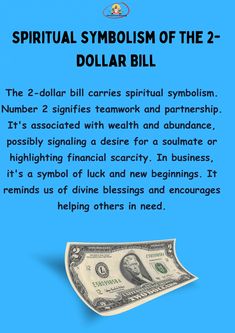
In the U.S., some people believe carrying a $2 bill in your wallet will bring financial fortune. Others see it as a symbol of unity and partnership, highlighting the importance of cooperation and collaboration in achieving spiritual wholeness. Some interpretations suggest that the two-dollar bill represents duality and polarity, reflecting the balance of opposing forces in the universe.
In contrast, others view it as unlucky, particularly in gambling circles, due to its association with the phrase “deuce,” a losing card in poker.
$2 Bills as Gifts and Symbols
One of the most charming aspects of the $2 bill is its use as a thoughtful and unique gift. Its scarcity and novelty make it an excellent token for special occasions.
The surprise and joy that come with receiving a $2 bill often leave a lasting impression, further enhancing its reputation as a “lucky” or special token. Whether used as a gift or kept as a keepsake, the $2 bill’s cultural significance ensures it remains more than just a denomination of currency.
What Happened to Its Prevalence
The $2 bill’s decline began in the early 20th century. Due to its awkward denomination—larger than $1 but not substantial enough for larger transactions—it fell out of favor with consumers and businesses. By the mid-20th century, it was largely replaced by $1 bills and coins for smaller transactions. Today, the bill is still printed, but production occurs only when there is demand, and its use is largely confined to niche purposes.
The Current Situation
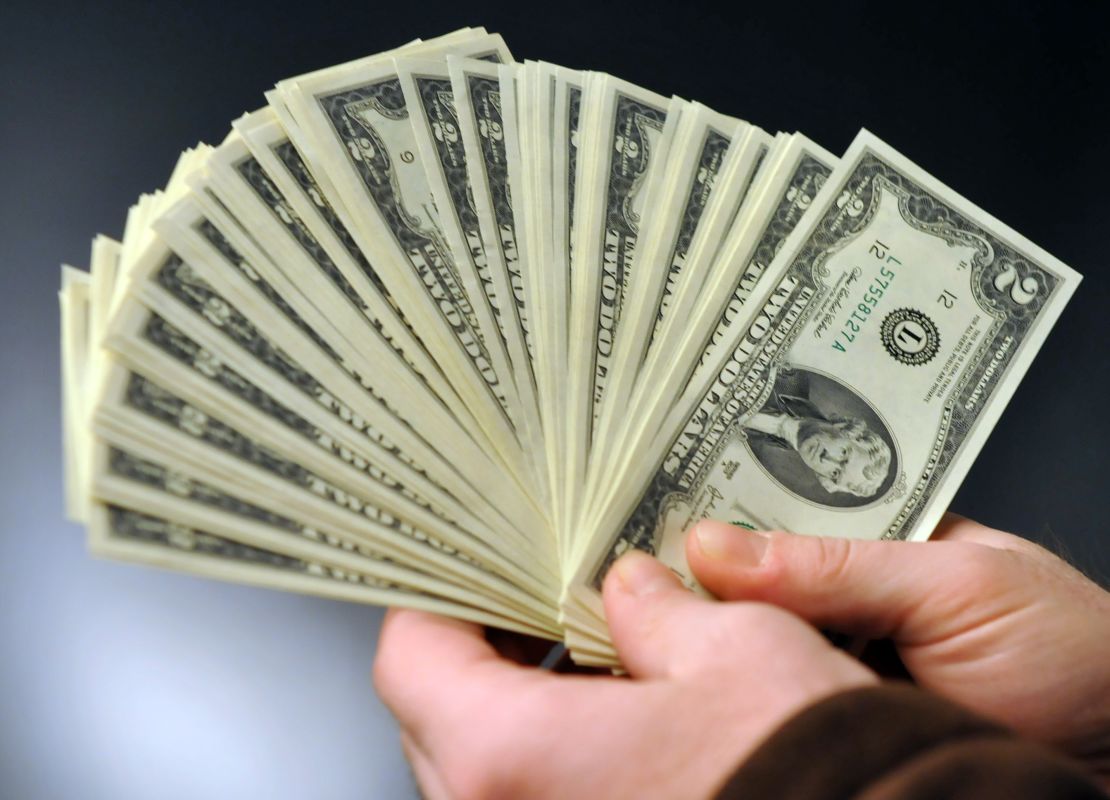
As of today, the $2 bill remains legal tender and is still produced by the Bureau of Engraving and Printing, with the last significant print run occurring in 2019. They are available at many banks upon request, though they are not commonly seen in registers or ATMs. For example, if you want as many as 100 $2 bills, you need to order them in advance from the bank. If you want 10 or some small amount of $2 bills you can usually get them at the teller’s window at the bank.
Bottom line. Despite its rarity, the $2 bill continues to intrigue and charm those who encounter it. Whether viewed as a collectible, a conversation starter, or a quirky piece of Americana – i.e. something different, the $2 bill remains a fascinating part of the U.S. currency landscape. Its history, unique design, and cultural significance ensure it will hold a special place in the hearts of many for years to come.

But, most importantly for me, the $2 bill reminds me of my dear friend Steve Urner and the way he approached life with his compassion for others.
I also have a friend who has a thing for the two dollar bill. He always has one in his possession and has an entire sheet of two dollar bills framed on a wall in his home. He gives a two dollar bill to each of his grandchildren as soon as they have an understanding of the value of money, with the promise to trade it for one thousand dollars on their eighteenth birthday.
Neil – a wonderful blog on the $2 bill. Great history!
Clip
Neil:
A wonderful tribute to Steve and a revealing story about the $2 bill. I’ll get some to do the same that Steve did. A great idea. Many thanks.
don